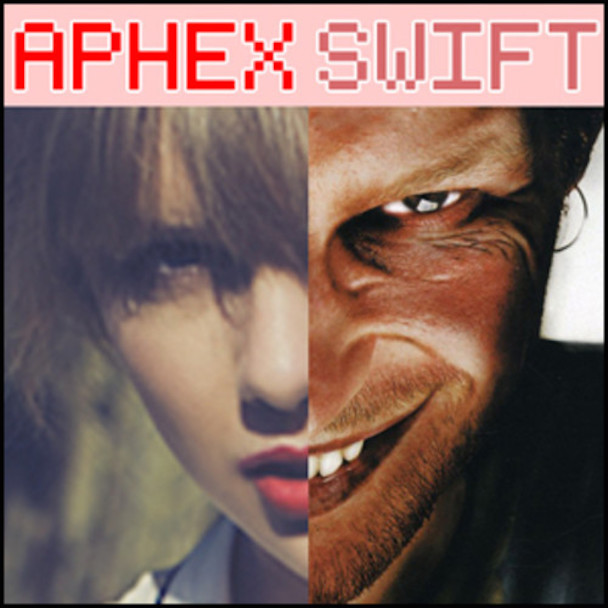
B4.DA.$$ is a record made for rap purists, which is a welcome change of pace in the era of personalities and quotability (see Shmurda, Bobby) taking the genre’s center stage. However, as a result, the record can get uncomfortable when it leaves Joey’s comfort zone of self-exploration and braggadocious wordplay over boom-bap beats. Joey’s natural flow and mastery of the craft of hip-hop over meticulously-crafted laid-back beats makes for an album with a definite confidence and direction, even if the 90’s rap sound feels disingenuous at times.
I first discovered Brooklyn rapper Joey Bada$$ with “95 Til Infinity” off of his 2012 mixtape “Summer Knights.” The most jarring aspect of the song was the reference to his birth year, 1995: the same year I was born.



















